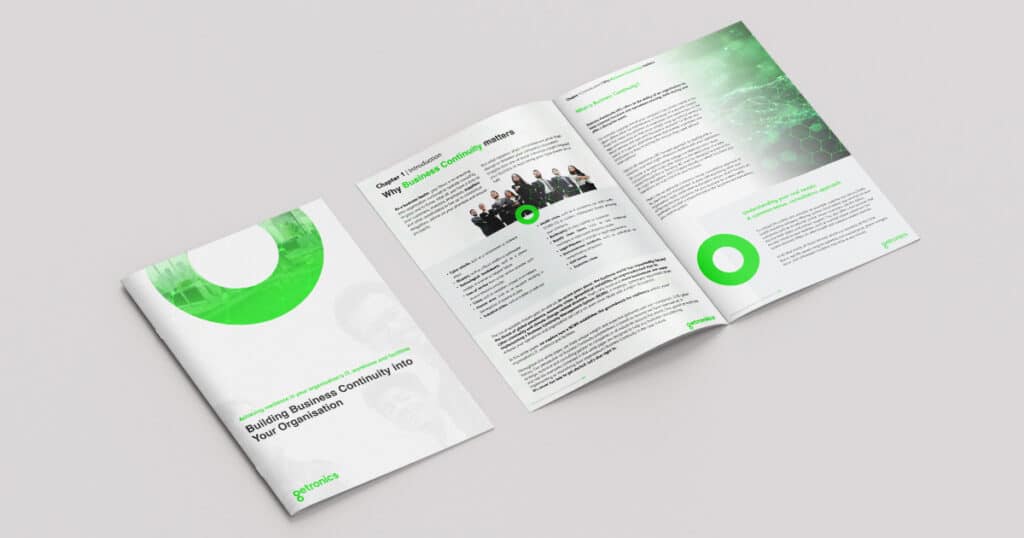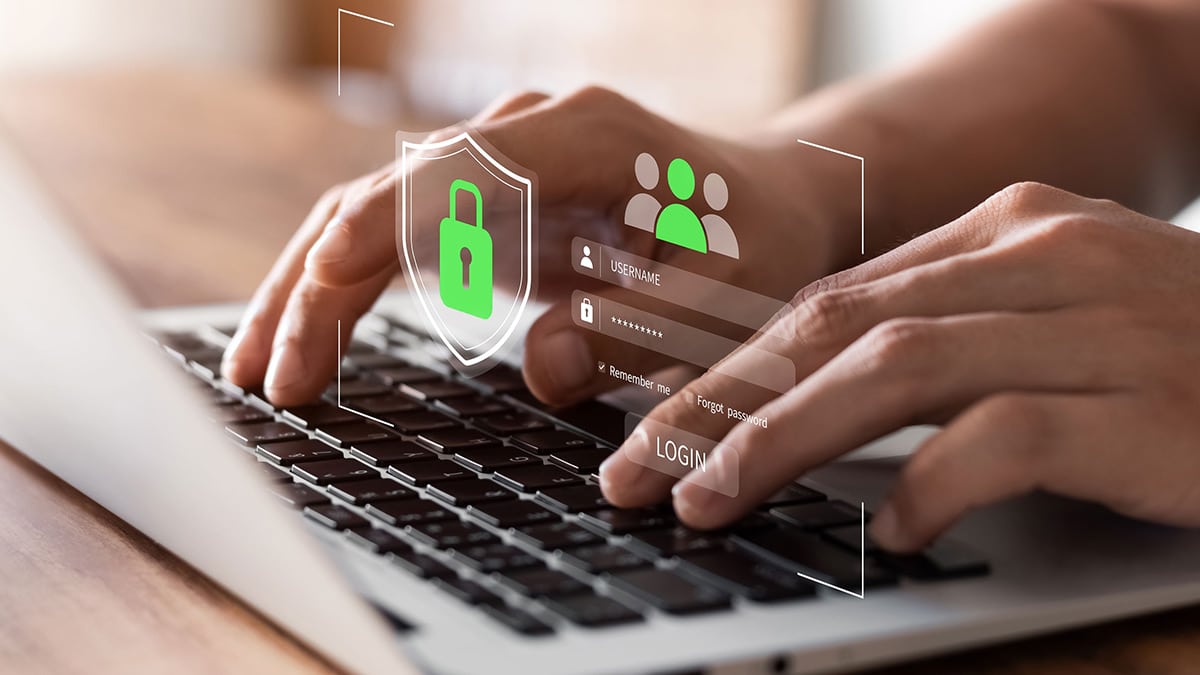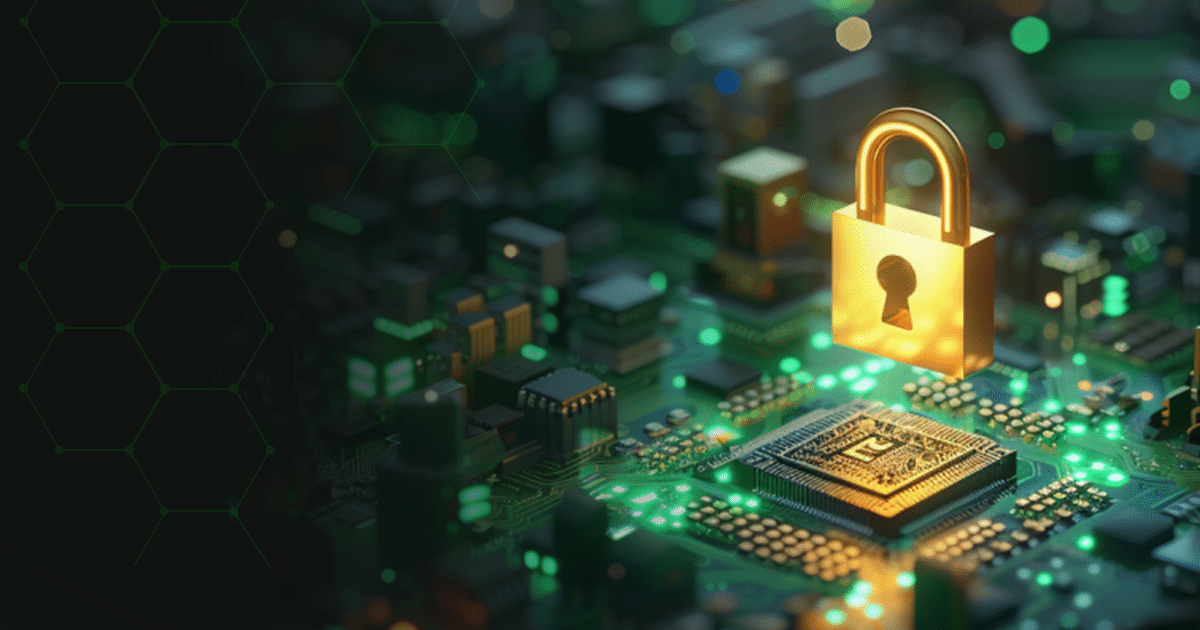14/04/2025
Businesses face threats from a range of locations, like natural disasters and supply chain disruption. Proactive planning is essential to being ready to mitigate these disruptions and respond when a crisis hits. For IT services providers, like Getronics, we know that the response phase of business continuity management is critical. It follows on from the preparedness phase, which we discuss in this BC Whitepaper. It is your opportunity to minimise threats, maximise your trust, and safeguard operations.
Understanding the Response Phase
The response phase is the immediate action we take to stabilise a situation, once an incident occurs. It is the bridge between the incident and our recovery. This phase is the fastest and needs you to be fast too. If you communicate clearly, make swift choices, and execute plans, then the effect you see on your business will be far smaller than if you were unprepared.
For us, the response phase is particularly important, it is where public trust can be lost in an instant. Technology is at the heart of our lives, and connects us globally, if you are the weak link in that chain then disruptions will have far reaching consequences that always return to you. Responding effectively, and quickly, is a demonstration of how capable you are on the world stage.
Key Components of an Effective IT Response
1. Incident Identification and Assessment
The first step to responding to an incident is being able to recognise when one happens. Robust monitoring is the key here. A watchful eye that looks over the entire organisation can catch even the smallest breaches as they happen and assess how severe it is. Any usual activity is reported, so you can understand the impact and urgency of the situation.
2. Activation of the Business Continuity Plan (BCP)
Having a flexible and proven BCP is the backbone of an effective response. Conversations should be had often about how to tailor plans to suit evolving threats. A Business Impact Analysis identifies roles and responsibilities to complete BCP actions and prioritise the critical systems that are fundamental to activate for matching your recovery time objectives, which is nowadays paramount.
3. Communication and Coordination
Communication is the most important part of executing a plan smoothly. Without a clear idea of who is acting, when, how, and what they are doing, you will be left wondering what your job is. Internal teams, clients, vendors, customers – they are all relying on you to share information.
4. Containment and Mitigation
Mitigating the effects of breaches will show how well you have prepared. Isolate the affected systems and apply security patches until a full fix can be achieved. Shutting down networks should be a last resort but might be necessary to contain a situation. Make sure you move quickly and have temporary workarounds available.
5. Resource Mobilization
Human resources, and technological resources, both need to work in sync during a security breach. Skilled personnel, on-site, and online can access back-up systems and recovery tools. It takes a range of solutions to make a fast response.
6. Documentation and Reporting
Write everything down. What happened, when it happened, who noticed it, who fixed it – there is never too much information when it comes to keeping track or reporting back. You will need to be compliant with regulations like DORA and NIS2, so the more you report the better your resources become.
The Role of Technology in the Response Phase
Modern IT service providers leverage advanced technologies to enhance their response capabilities. For example:
– Automation: Automated incident response tools can detect and address threats in real-time, reducing the time to resolution.
– Cloud Computing: Cloud-based disaster recovery solutions enable rapid data restoration and system failover.
– AI and Analytics: Predictive analytics and AI-driven insights help identify potential risks and optimize response strategies.
Building Trust Through Effective Response
The response phase is not solely about technical expertise – it is about building trust. All the components we have discussed are to help you become a reliable partner during times of need. Demonstrating swift, coordinated, and effective responses will prove that you are trustworthy – a quality that makes the difference in business.
The response phase of Business Continuity Management is where planning meets action. It is an opportunity to showcase their ability to protect clients’ operations, minimize disruption, and ensure business continuity.
In a world where the unexpected is becoming the norm, the ability to respond effectively is no longer a luxury—it is a necessity.

Get in touch to discover how a Getronics partnership can support your business continuity needs.





